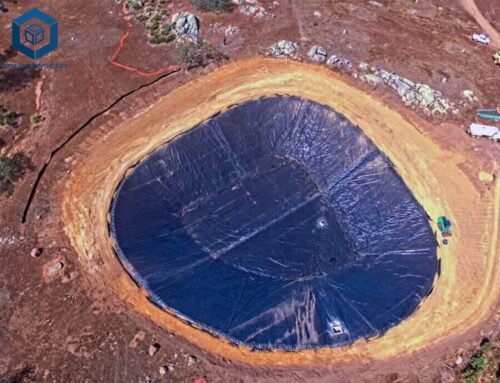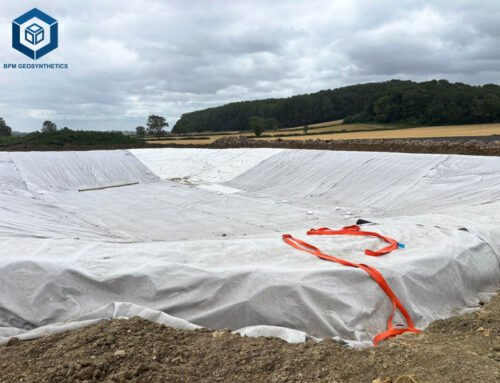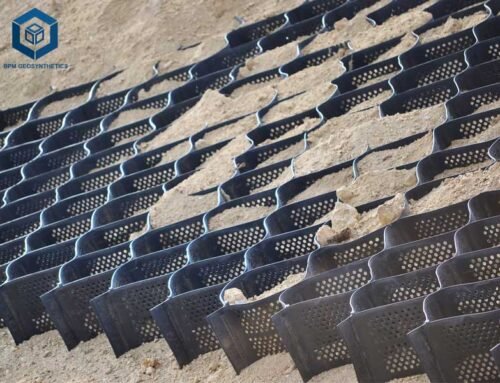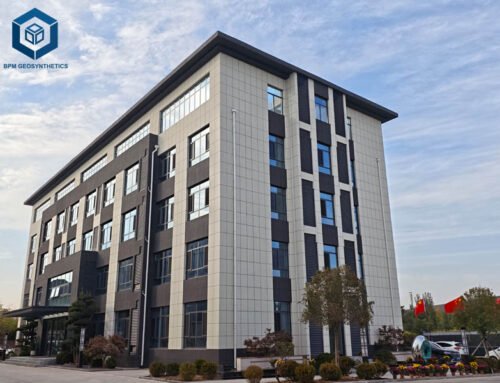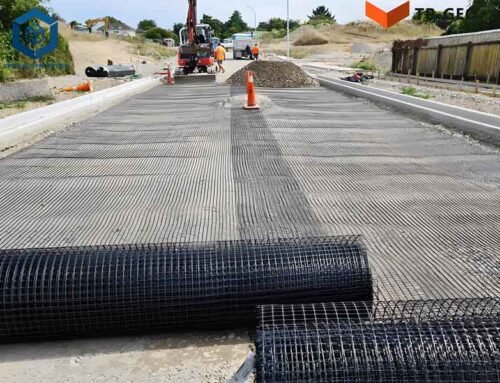Pond liners, also known as geomembranes, are essential impermeable barriers used to line ponds, reservoirs, and other water containment structures to prevent seepage and ensure efficient water storage. A 500 micron (0.5mm) pond liner is a popular choice for small to medium-sized projects due to its balance of affordability, durability, and flexibility. These liners are critical for applications in agriculture, aquaculture, landscaping, and industrial projects, particularly in regions like Kenya, where water conservation is vital due to unpredictable rainfall patterns. As demand for sustainable water management solutions grows, understanding the Pond Liner 500 Micron Price is crucial for farmers, landscapers, and project managers. This comprehensive guide explores the pricing, specifications, applications, installation costs, and market trends for 500-micron pond liners, providing actionable insights to help you make informed decisions.
1. Factors Influencing 500 Micron Pond Liner Price
The price of a 500 micron pond liner varies based on several key factors. Understanding these variables will help you select the right liner for your project while optimizing your budget.
Material Type
The material of a 500 micron pond liner significantly affects its price, durability, and suitability for specific applications. The most common materials include:
- High-Density Polyethylene (HDPE): Known for its strength, UV resistance, and chemical stability, HDPE Liner is ideal for aquaculture, irrigation ponds, and industrial applications. Prices for 500-micron HDPE liners in Kenya range from KSh 240 to KSh 300 per square meter.
- Polyvinyl Chloride (PVC): Flexible and easy to install, PVC liners are suitable for smaller ponds and fish farming. They cost between KSh 200 and KSh 300 per square meter but are less durable than HDPE.
- Low-Density Polyethylene (LDPE): Affordable and lightweight, LDPE liners are used for small-scale or temporary projects, with prices ranging from KSh 150 to KSh 250 per square meter.
- Ethylene Propylene Diene Monomer (EPDM): A synthetic rubber material, EPDM is highly flexible and UV-resistant, ideal for decorative ponds and fish farming. Prices are higher, around KSh 300 to KSh 500 per square meter, due to its specialized properties.
- Reinforced Polyethylene (RPE): Lightweight and tear-resistant, RPE is less common but suitable for specific agricultural applications, costing approximately KSh 250 to KSh 400 per square meter.
The choice of material depends on the project’s requirements, such as water volume, environmental exposure, and budget constraints.
Quality and Additives
The quality of the liner, including additives like UV stabilizers and carbon black, impacts both price and performance. UV-treated liners, essential for outdoor applications in Kenya’s harsh sunlight, cost KSh 0.05–0.10 more per square meter but extend lifespan by 20–30%. Virgin (non-recycled) materials, such as those offered by Grekkon Limited, are pricier but safer for fish ponds and drinking water storage, costing 10–20% more than recycled alternatives.
Size and Dimensions of the Pond
The size of the pond directly affects the total cost, as larger projects require more material. To calculate the required liner size, use the formula:
Total Area = [Length + (2 × Depth) + 2m overlap] × [Width + (2 × Depth) + 2m overlap]
For example, a pond measuring 10m long, 15m wide, and 2m deep with a 500-micron HDPE liner priced at KSh 280 per square meter would cost:
- Calculation: (10 + 4 + 2) × (15 + 4 + 2) = 16 × 21 = 336m²
- Total Cost: 336 × KSh 280 = KSh 94,080
Online calculators from suppliers like Hortitechno Greenhouses simplify this process.
Supplier and Brand Reputation
Pond Liner 500 Micron Price vary among suppliers based on their reputation, material quality, and additional services like installation support. Trusted Kenyan suppliers like Grekkon Limited, Aqua Hub Kenya, and Hortitechno Greenhouses offer virgin materials with warranties, ensuring durability and safety. Prices from reputable suppliers are typically 10–15% higher than those from lesser-known vendors but provide better long-term value.
Installation and Labor Costs
Installation complexity affects Pond Liner 500 Micron Price, with professional services ranging from KSh 50 to KSh 150 per square meter in Kenya. DIY installation is feasible for small ponds but risks improper sealing, leading to leaks. Professional installation ensures proper welding, especially for HDPE liners, which require hot wedge machines for leak-proof seams.
Geographic Location and Market Fluctuations
Pond Liner 500 Micron Price in Kenya may vary by region due to transportation costs and local demand. For instance, suppliers in Nairobi may charge less than those in remote areas like Eldoret or Mombasa due to lower shipping costs. Global oil price fluctuations, affecting HDPE and PVC resin costs, have increased Pond Liner 500 Micron Price by 5–10% since 2022.
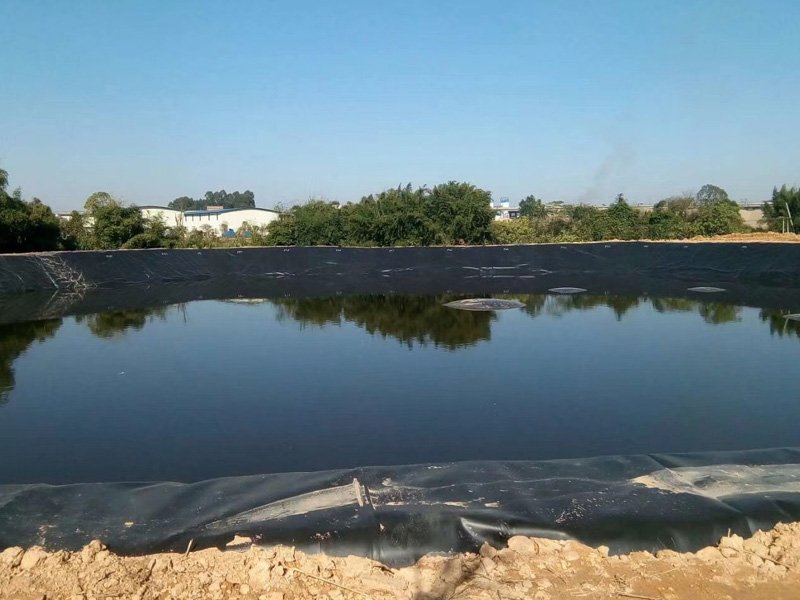
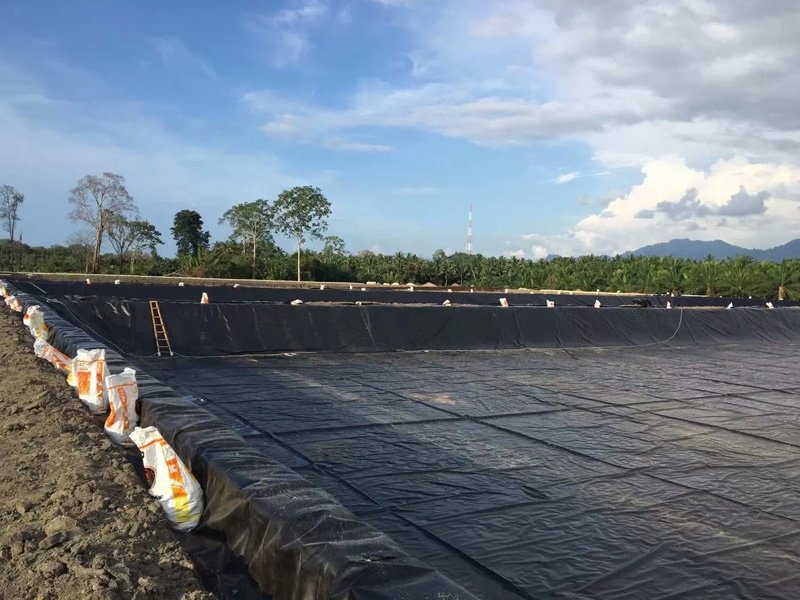
2. Specifications of 500-Micron Pond Liners
A 500 micron (0.5mm) pond liner is a versatile thickness suitable for small to medium ponds. Below are key specifications based on industry standards:
- Thickness: 0.5mm (500 microns), offering a balance of flexibility and durability.
- Width: Available in 4m, 5m, 5.8m, 6m, 7m, 8m, or 10m widths, with lengths typically 50m or 100m.
- Puncture Resistance: Approximately 640 N, suitable for smooth surfaces but may require geotextile underlayment on rocky terrains.
- Lifespan: 10–20 years for HDPE, 8–15 years for PVC, and 8–12 years for LDPE, depending on UV exposure and maintenance.
- UV Resistance: UV-treated liners resist degradation, extending lifespan by 20–30%.
- Chemical Resistance: HDPE and PVC liners resist acids, alkalis, and petroleum, reducing contamination risks by 95%.
- Color: Black is standard for UV protection; white, blue, or green options are available for aesthetic purposes.
- Certifications: ISO, TRI, and SGS certifications ensure quality and compliance with international standards.
These specifications make 500-micron liners ideal for small fish ponds, garden water features, and irrigation reservoirs.
3. Applications of 500 Micron Pond Liners
500-micron pond liners are versatile and used in various applications due to their affordability and adequate durability.
Aquaculture
In Kenya, fish farming is a growing industry, and 500-micron HDPE and PVC liners are popular for small to medium fish ponds (1,000–30,000 square feet). These liners are fish-safe, with HDPE preferred for its non-toxic properties and chemical resistance. They ensure water retention, creating a stable environment for fish growth.
Agriculture
Farmers use 500-micron liners for irrigation ponds to store water for crops and livestock. These liners prevent seepage, reducing water loss by up to 95% in arid regions. They are also used in canal lining to improve water delivery efficiency.
Landscaping and Water Gardens
For backyard ponds, waterfalls, and decorative water features, 500-micron PVC and EPDM liners are ideal due to their flexibility and ability to conform to irregular shapes. These liners enhance aesthetic appeal while ensuring water retention.
Industrial Applications
500-micron HDPE liners are used in wastewater treatment ponds, cooling ponds, and small-scale industrial containment basins. Their chemical resistance makes them suitable for storing liquids without contaminating the environment.
Environmental Protection
These liners are used in small landfills and leachate ponds to prevent soil and groundwater contamination. HDPE liners are particularly effective due to their durability and resistance to hazardous chemicals.
4. Price Breakdown for 500-Micron Pond Liners in Kenya
Based on recent market data, here is a detailed price breakdown for 500-micron pond liners in Kenya:
| Material | Price Range (KSh per m²) | Lifespan (Years) | Applications |
| HDPE | 240–300 | 10–20 | Fish ponds, irrigation, industrial |
| PVC | 200–300 |
8–15 |
Fish ponds, water gardens, canals |
| LDPE | 150–250 | 8–12 | Small ponds, temporary storage |
| EPDM | 300–500 | 15–20 | Decorative ponds, fish farming |
| RPE | 250–400 | 12–18 |
Agricultural ponds, canals |
Note: Prices are approximate and may vary by supplier, location, and market fluctuations. Contact suppliers like BPM Geosynthetics for accurate quotes.
5. Installation Process and Costs
Proper installation is critical to ensure the longevity and effectiveness of a 500-micron pond liner. Below is a step-by-step guide, along with associated costs:
Step 1: Site Preparation
- Excavation: Dig the pond to the desired shape and depth using manual tools (hoes) for small projects or machinery (excavators) for larger ones. Costs range from KSh 10,000 to KSh 50,000, depending on size.
- Surface Smoothing: Remove rocks, roots, and debris to prevent punctures. Adding a sand or geotextile underlayment costs KSh 50–100 per square meter.
Step 2: Liner Placement
- Unfold the liner at the pond’s center and spread it to cover the floor and walls. Ensure a 1–2m overlap to prevent leaks.
- Anchoring: Dig a trench 1m from the edge, 30cm deep and 30cm wide, to secure the liner edges with soil or concrete blocks.
Step 3: Welding and Sealing
- Welding: HDPE liners require hot wedge or extrusion welding for leak-proof seams, costing KSh 20–50 per square meter. PVC and LDPE liners may use glue or simpler sealing methods.
- Testing: Fill the pond with water and monitor for leaks over several days to ensure integrity.
Step 4: Additional Features
- Geotextile Underlayment: Enhances puncture resistance by 30%, costing KSh 30–80 per square meter.
- Fencing: Install a fence or hedge to protect the liner from animals or debris, costing KSh 5,000–20,000.
Total Installation Costs
- Small Ponds (50–100m²): KSh 10,000–30,000 for excavation, padding, and labor.
- Medium Ponds (100–500m²): KSh 30,000–100,000, including professional welding.
- Large Ponds (500m²+): KSh 100,000–300,000, depending on complexity.
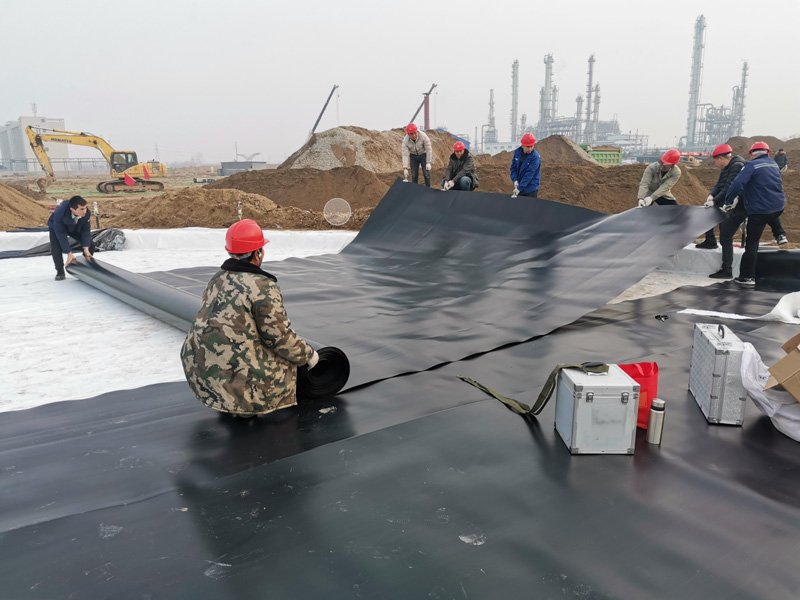
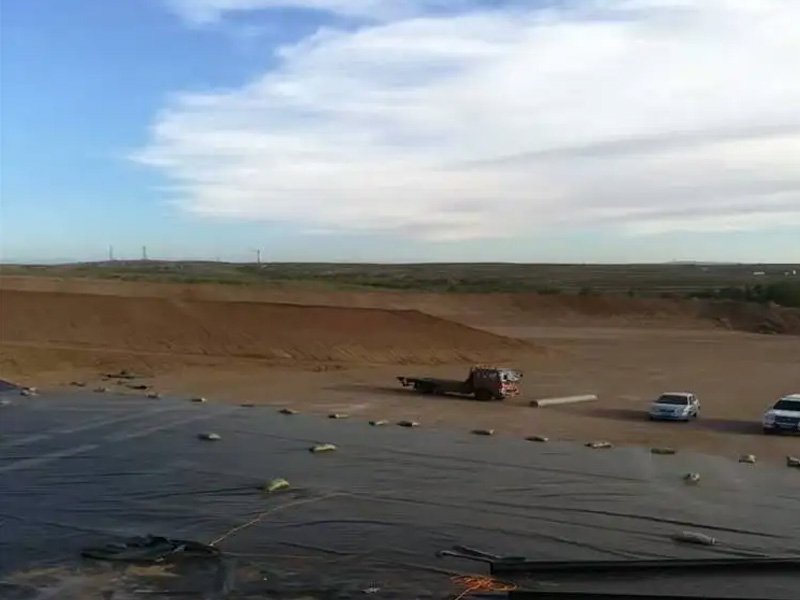
6. Market Trends and Pond Liner 500 Micron Price Fluctuations
The pond liner market in Kenya is growing due to increasing demand for water conservation solutions. Key trends include:
- Rising Raw Material Costs: Global oil price increases since 2022 have raised HDPE and PVC resin costs by 5–10%, impacting liner prices.
- Demand for UV-Treated Liners: UV-treated 500-micron liners are standard in Kenya’s sunny climate, adding KSh 0.05–0.10 per square meter but extending lifespan.
- Aquaculture Growth: The rise in fish farming has increased demand for fish-safe HDPE and PVC liners, driving competition among suppliers.
- Sustainability Focus: Suppliers emphasize virgin materials to ensure safety for drinking water and aquaculture, increasing costs by 10–20% compared to recycled options.
In 2025, Pond Liner 500 Micron Price is expected to stabilize, but regional Pond Liner 500 Micron Price variations and global economic factors may cause fluctuations. Request quotes from multiple suppliers to compare prices and services.
7. Choosing the Right 500-Micron Pond Liner
Selecting the appropriate 500-micron pond liner involves balancing cost, durability, and project requirements. Consider the following:
Project Size and Water Volume
- Small Ponds (<100m²): LDPE or PVC liners are cost-effective for garden ponds or small fish farms.
- Medium Ponds (100–500m²): HDPE or EPDM liners are ideal for irrigation or aquaculture.
- Large Ponds (500m²+): HDPE liners are recommended for durability in larger reservoirs.
Surface Conditions
- Smooth Surfaces: 500-micron liners suffice for sandy or smooth soils.
- Rough Terrains: Use geotextile underlayment or thicker liners (0.75mm+) to prevent punctures.
Environmental Exposure
- Sun-Exposed Areas: UV-treated HDPE or EPDM liners are essential for longevity.
- Covered Ponds: Non-UV-treated PVC or LDPE liners may suffice, reducing costs.
Budget Constraints
- Low Budget: LDPE or PVC liners are affordable for short-term or small-scale projects.
- Long-Term Investment: HDPE or EPDM liners offer better value due to their extended lifespan.
Supplier Reliability
Choose suppliers like BPM Geosynthetics which offer warranties and installation support. Avoid second-hand or recycled liners, as they may crack easily and lack warranties.
8. Conclusion
The price of a 500-micron pond liner in Kenya ranges from KSh 150 to KSh 500 per square meter, depending on the material, quality, and supplier. HDPE liners, priced at KSh 240–300, are the most durable and widely used, while PVC and LDPE offer affordable options for smaller projects. By understanding cost factors, specifications, and installation requirements, you can choose a liner that meets your needs and budget. Proper installation and maintenance are crucial for maximizing the lifespan of your liner, ensuring efficient water management for years to come. For personalized quotes and expert guidance, contact trusted suppliers like BPM Geosynthetics today.

